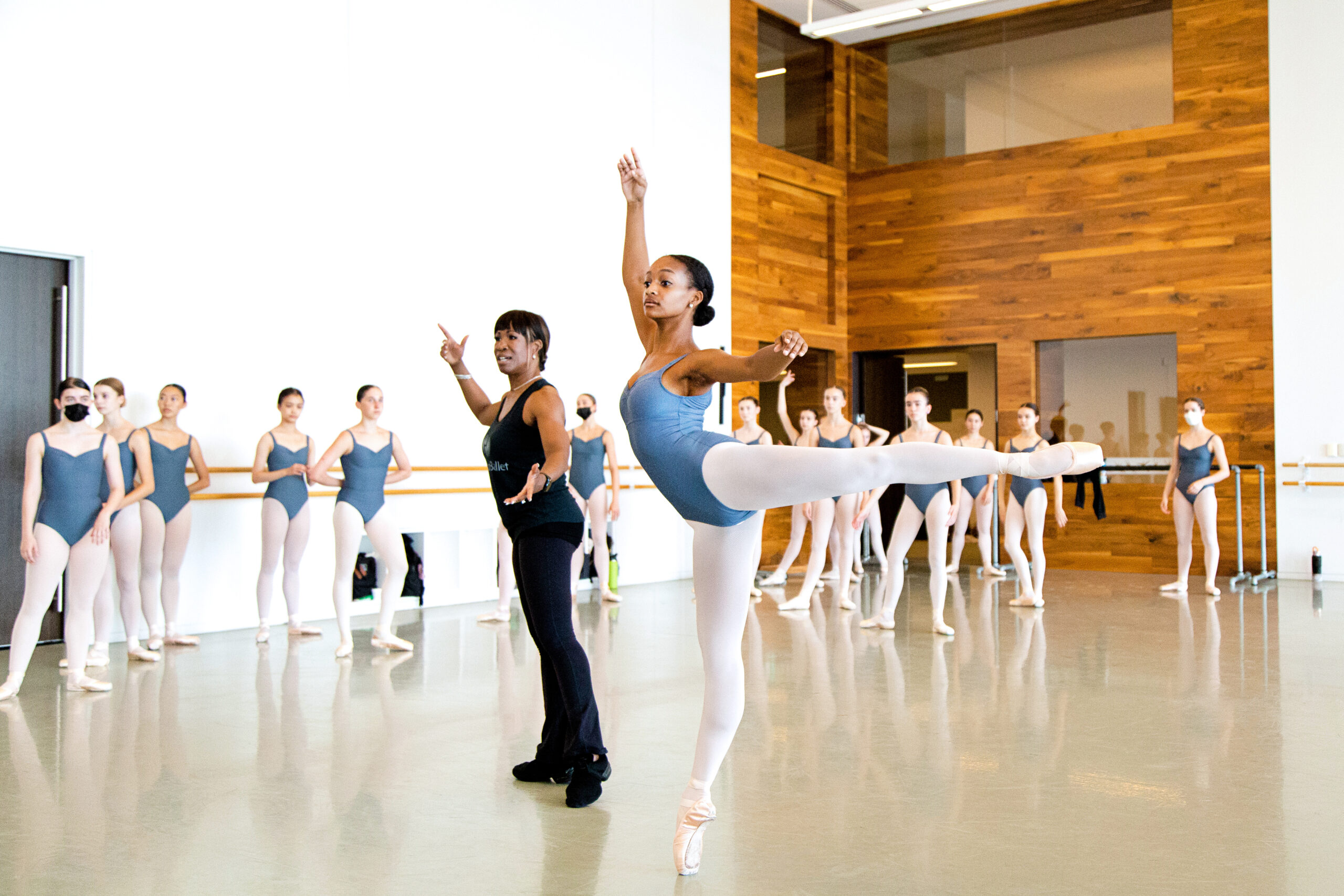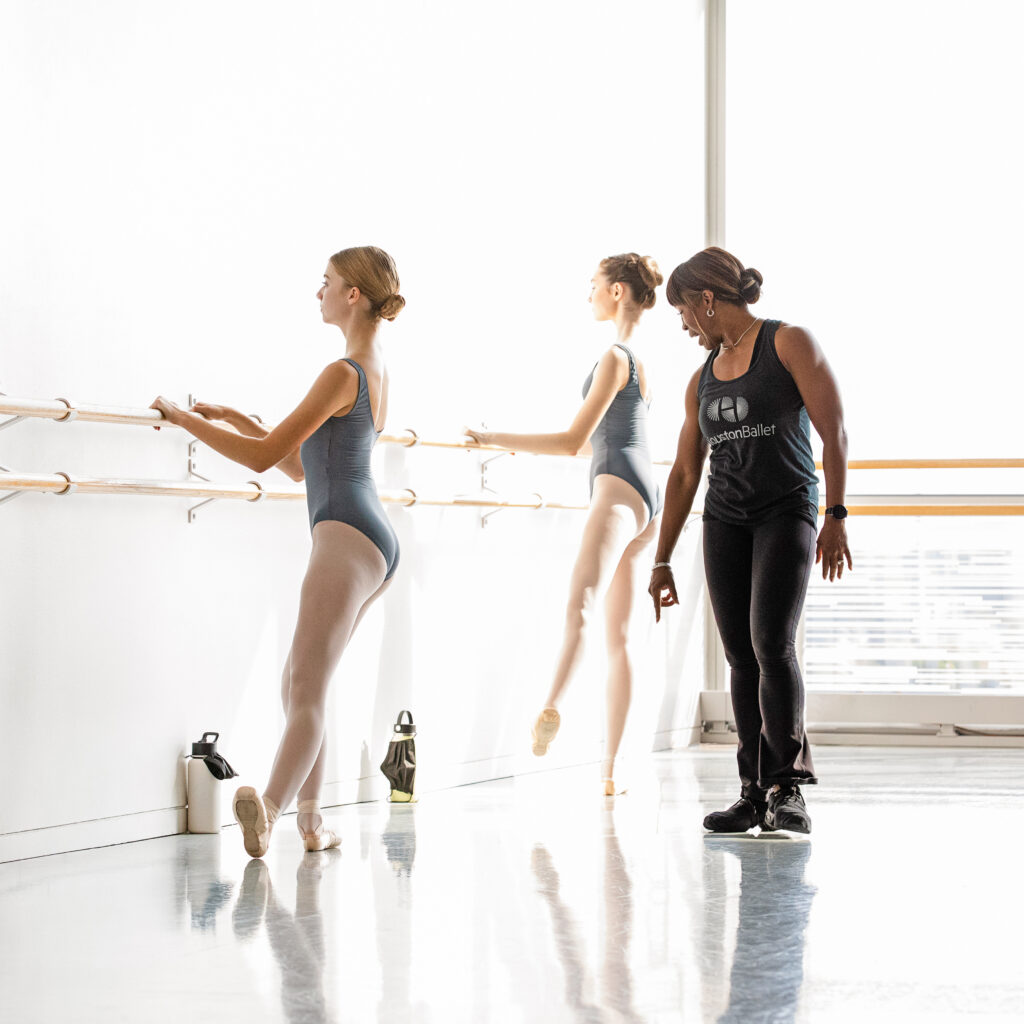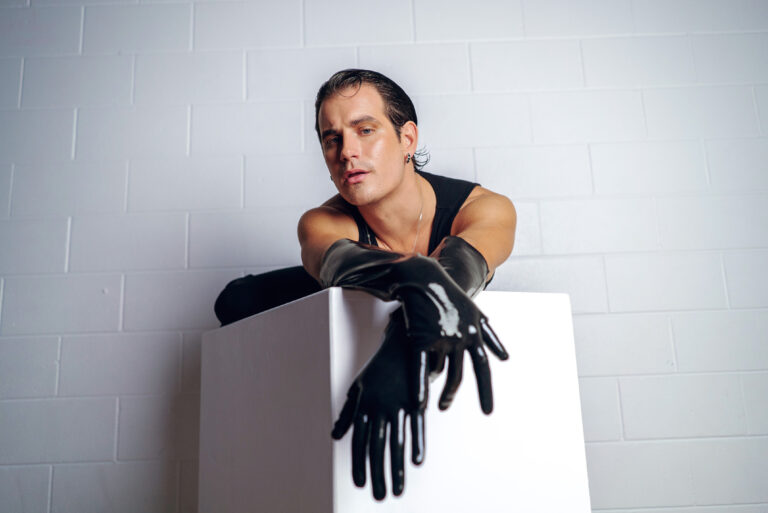
Dancers of nearly every genre need fleet feet for dazzling, pyrotechnic footwork. But if such choreographic moments inspire more dread than excitement in your students, they’re not alone: Without proper preparation, fast footwork can have dancers feel like they’re tripping over themselves, or sprinting to catch up with the music.
Complex, quick footwork tests nearly all the technical skills that dancers strive for: balance, coordination, speed, strength. It can also be a mental game, requiring intense focus and the right combination of freedom and precision. When these all come together, though, it can be thrilling for performer and audience alike. Don’t leave it up to chance—use these expert tips to train your students for footwork that is confident and powerful.

Train Their Brains
When your students attempt a fast-footwork sequence without being 100 percent certain where their feet should be, they’re likely to end up with their legs in a tangle. That’s why legendary former Houston Ballet principal Lauren Anderson has her students start by just saying the rhythm of a footwork sequence out loud—usually with “ya da da da”s—before trying it with their feet. “If you understand the rhythm, it’s much easier to get your feet to do what you want them to do,” says Anderson, who now serves as associate director of Education and Community Engagement for Houston Ballet Academy. “It’s amazing how much quicker you get results.”
Visualization can also be key to nailing fast footwork, says Lauren McIntyre, an athletic trainer who works with dancers at NYU Langone’s Harkness Center for Dance Injuries, especially since repetition is so essential to gaining confidence in such movement, but it’s easy to overdo it. “There’s so much power in reviewing it with your mind or doing it with your hands,” she says. “You can use your mind to integrate into your body without hurting yourself.” Set aside moments in class for visualization, and avoid asking students to continue to run tough footwork sequences when they’re already visibly exhausted, even if that means they leave without having nailed it yet. (Their bodies will keep processing the movement after they leave the studio, and they may return understanding it better, says McIntyre.)

Don’t Forget the Upper Body
It’s easy for students to be so focused on what their lower body is doing that they neglect their top half. But incorporating the upper body is essential—both to giving the legs and feet a much-needed assist and to making the movement look effortless.
One cue that transformed how flamenco dancer and teacher Laura Peralta approaches the upper body during footwork: Think of lifting yourself out of a pool. “It’s a totally different cue from ‘Chest high, shoulders down,’ ” she says. “Lifting that little bit in your core frees up your legs so much.” Another simple way to ensure your students are dancing with their whole body, says Peralta, is to always place the arms—no marking—even when they’re first learning some tricky footwork.

If you’re finding your students are struggling with fast foot movement, you may want to look to an unexpected but frequent culprit in the upper body, says Anderson: the head. “The head is the heaviest part of the body,” she says. “So if it is in the wrong place—a lot of times it’s going the opposite way—it’s going to jack you up.” Make sure students know where their head should be placed, says Anderson, and where they should be looking, since “your eyes can get you there quicker—your eyes can get to the finish line before your body does.”
Watch Anderson’s video tutorial below:





